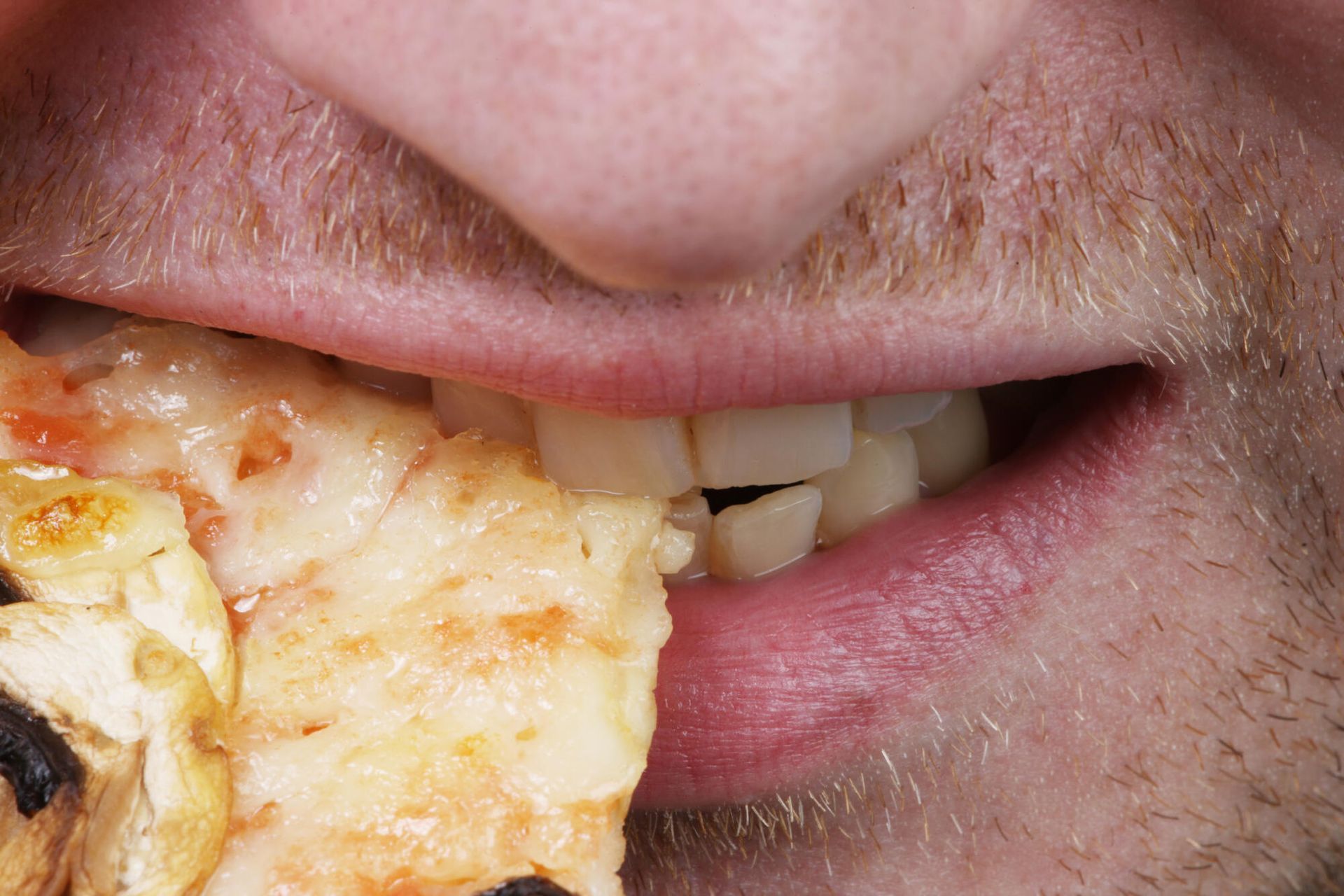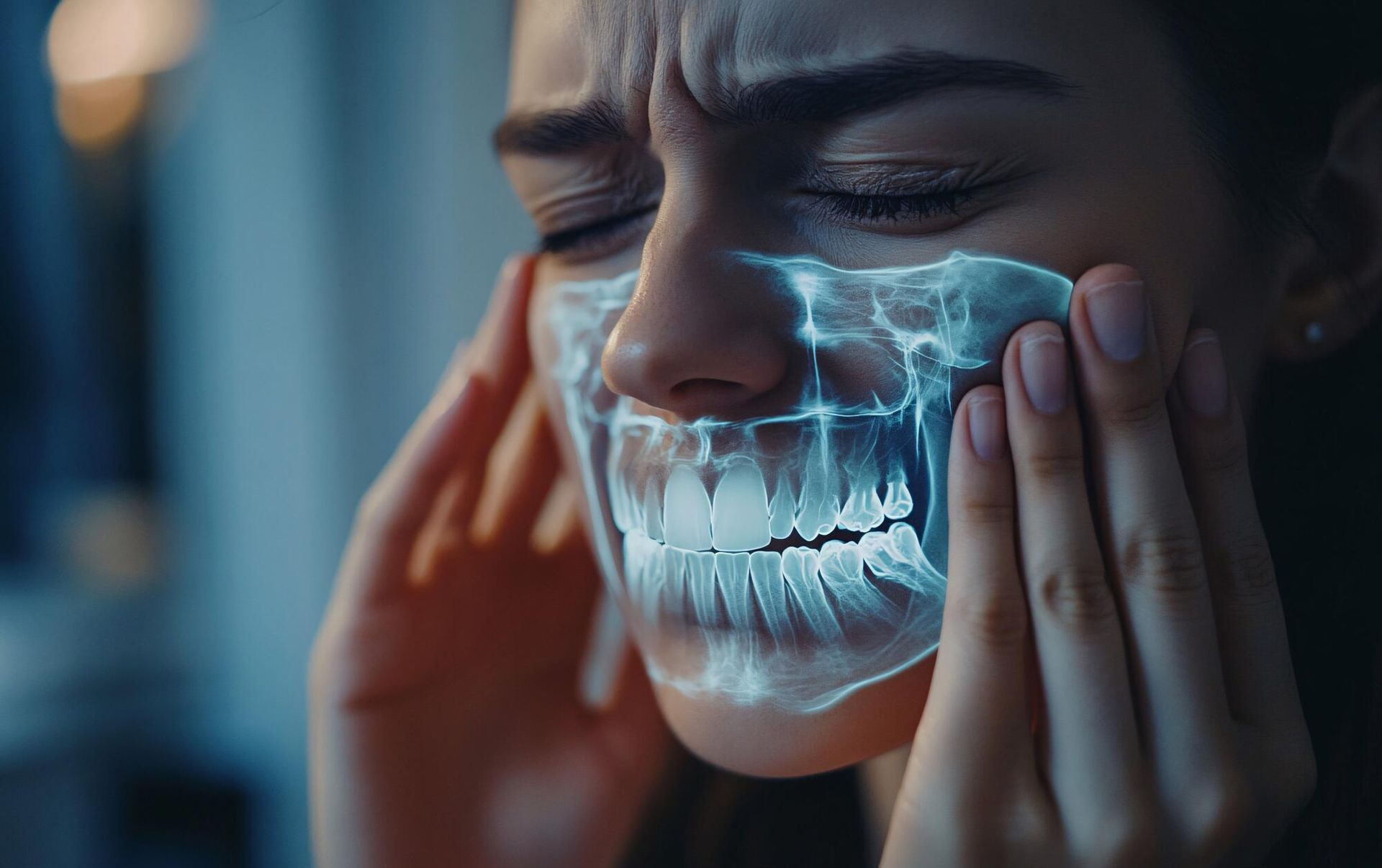How to Cure TMJ Permanently: Proven Solutions by Dental Experts
According to the NIH, approximately 5-12% of the population suffers from TMJ disorders, causing daily discomfort and pain. This condition can disrupt eating, speaking, and even sleeping.
But is there a way to end the pain for good? Yes, with the right treatments, you can find lasting relief.
Today we're taking a closer look into how to cure TMJ permanently by exploring proven solutions from dental experts. We'll cover the best ways to achieve a pain-free life from non-surgical methods to natural remedies.
Non-Surgical TMJ Treatment Options
Non-surgical treatments offer effective solutions for managing and potentially curing TMJ disorders. Many people find relief through these methods, as they address the root causes of TMJ without the need for invasive procedures. The following are common non-surgical approaches that can help provide permanent relief from TMJ symptoms.
Physical therapy can be a powerful tool in treating TMJ disorders. Specific exercises help do the following:
- Strengthen the muscles around the jaw
- Improve flexibility
- Reduce pain
- Increase range of motion
- Promote healing
Therapists may also teach techniques to correct posture, which can alleviate some of the stress placed on the TMJ. Over time, regular physical therapy can lead to long-term improvement and may prevent future issues.
Dental Splints and Mouthguards
Dental splints and mouthguards are common tools for treating TMJ disorders. They're custom-made by a dentist to fit your mouth and help realign your jaw.
Wearing a splint or mouthguard can reduce the strain on your jaw muscles and joints. It can alleviate pain and help correct any misalignment that may be contributing to your TMJ symptoms. Over time, using these devices consistently can lead to lasting relief.
Orthodontic Adjustments
Misaligned teeth or jaws can often contribute to TMJ disorders. Orthodontic treatments like braces or aligners can help correct these issues. By realigning the teeth and jaw, these treatments can reduce the strain on the TMJ.
It can lead to significant improvement in TMJ symptoms. While orthodontic treatment takes time, the results can be permanent, offering long-term relief from TMJ pain.
Permanent TMJ Relief: Lifestyle Changes and Stress Management
For those seeking relief from TMJ without relying on medications or surgery, natural methods offer effective alternatives. Here are three primary natural methods to cure TMJ naturally:
- Relaxation exercises and meditation
- A balanced diet that reduces inflammation
- Natural supplements like magnesium and omega-3
Relaxation Exercises and Meditation
Stress often plays a significant role in TMJ disorders, so learning how to manage it can make a difference. Relaxation exercises, such as deep breathing and progressive muscle relaxation, can help reduce tension in the jaw muscles.
Meditation, especially mindfulness-based practices, can also be effective in managing stress. By incorporating these techniques into your daily routine, you may notice a decrease in TMJ-related pain.
Balanced Diet and Reducing Inflammation
What you eat can impact how your body handles inflammation, a key factor in TMJ pain. A balanced diet rich in anti-inflammatory foods—such as fruits, vegetables, and lean proteins—can support joint health.
Avoiding processed foods and those high in sugar can also help reduce inflammation. Focusing on a nutritious diet can improve overall health and potentially reduce TMJ symptoms.
Natural Supplements Like Magnesium and Omega-3
Certain supplements may help ease TMJ symptoms naturally. Magnesium is known to support muscle relaxation and can help reduce tension in the jaw.
Omega-3 fatty acids, found in fish oil, are powerful anti-inflammatory agents that can improve joint health. Incorporating these supplements into your diet can offer additional support in managing TMJ pain.
Surgical TMJ Treatment Options
In severe cases of TMJ disorder, non-surgical treatments may not be enough to provide relief. Some common options are:
- Arthrocentesis
- Arthroscopy
- Open-joint surgery
Arthrocentesis
Arthrocentesis is a minimally invasive procedure that can help treat TMJ disorders. It involves inserting small needles into the joint to wash out any debris or inflammatory substances.
The process can reduce pain and improve jaw function. Arthrocentesis is often recommended for patients who haven't responded well to other treatments, and it can provide relief with minimal recovery time.
Arthroscopy
Arthroscopy is another minimally invasive option for treating TMJ. A small camera is inserted into the joint during this procedure, allowing the surgeon to see the problem clearly.
The surgeon can then make small adjustments or remove any damaged tissue. Arthroscopy typically involves a shorter recovery time compared to open-joint surgery and can be effective in treating a range of TMJ issues.
Open-Joint Surgery
For more severe cases, open-joint surgery may be necessary. The procedure involves making a larger incision to access the joint fully.
The surgeon can repair or replace parts of the joint that are causing the problem. Open-joint surgery is usually considered a last resort when other treatments have failed. Although it requires a longer recovery time, it can significantly relieve patients.
The Role of Dental Care in TMJ Relief
Dental care plays a significant role in managing and relieving TMJ symptoms. Regular dental visits allow for early detection of any issues related to the temporomandibular joint.
Dentists can identify signs of misalignment, teeth grinding, or other habits that may contribute to TMJ problems. By addressing these issues early, you can prevent further damage and reduce the severity of symptoms.
Good oral hygiene is also essential for maintaining overall jaw health. Keeping your teeth and gums in good condition can help prevent infections and other dental problems that might exacerbate TMJ pain.
Dental appliances like braces or aligners can help correct misalignment, reducing strain on the jaw joint for those with more advanced TMJ issues. By working closely with your dentist, you can develop a plan to manage TMJ symptoms and maintain your dental health over the long term.
How to Cure TMJ Permanently
Whether through natural methods, non-surgical treatments, or surgery, understanding how to cure TMJ permanently can lead to a pain-free life.
Dr. Bernard Lynch ensures that every patient receives the best dental care he can offer. He takes a holistic approach to dental hygiene and focuses on discovering novel and creative ways of helping patients feel more comfortable in the dental chair.
Get in touch today to find out how he can help with your TMJ issues.












